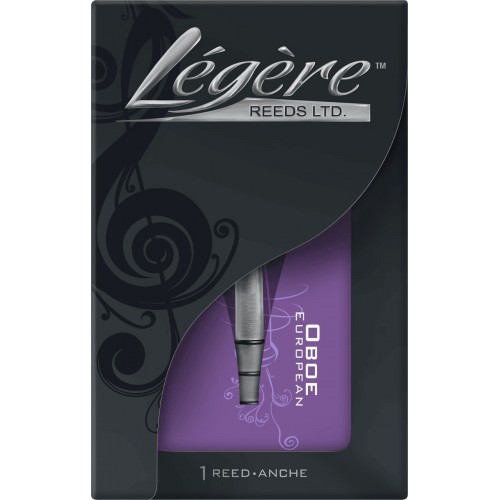Légère European Scrape Oboe Double-reed
New product
Top symphonic and jazz musicians have been using the Légère single reeds for more than a decade. From the principals of the Berlin and Vienna Philharmonic orchestras, to jazz greats like Gerald Albright and Hamiet Bluiett, our reeds have been tested at the highest possible level. Now this same exceptional quality is available in a Légère oboe reed.
Légère European Scrape Synthetic Oboe Reeds are cut from a unique polymer on 3-axis, computer controlled precision cutting machines. They are also measured with extreme precision using computer controlled equipment, and this allows a very tight quality control.
The reeds are cut in halves using customised profiles which are based on a mathematical description of a reed profile rather than a model or prototype. The halves are then bonded together again using a digitally controlled system. The result is a reed which is perfectly balanced in both blades, and has just the right combination of tip thickness, heart, and flexibility.
LEG-DROEM
Data sheet
| Strength | 2.5 - 3 | Medium |
More info
Finally, a Synthetic Double Reed for Oboists
A remarkable quality, a warm sound, and an impressive lifespan. Légère allows Oboists to make savings without compromising the quality of playing!
Above all, whatever the temperature or moisture levels , you will always be ready to play with a consistent sound.
Reviews
No customer reviews for the moment.






